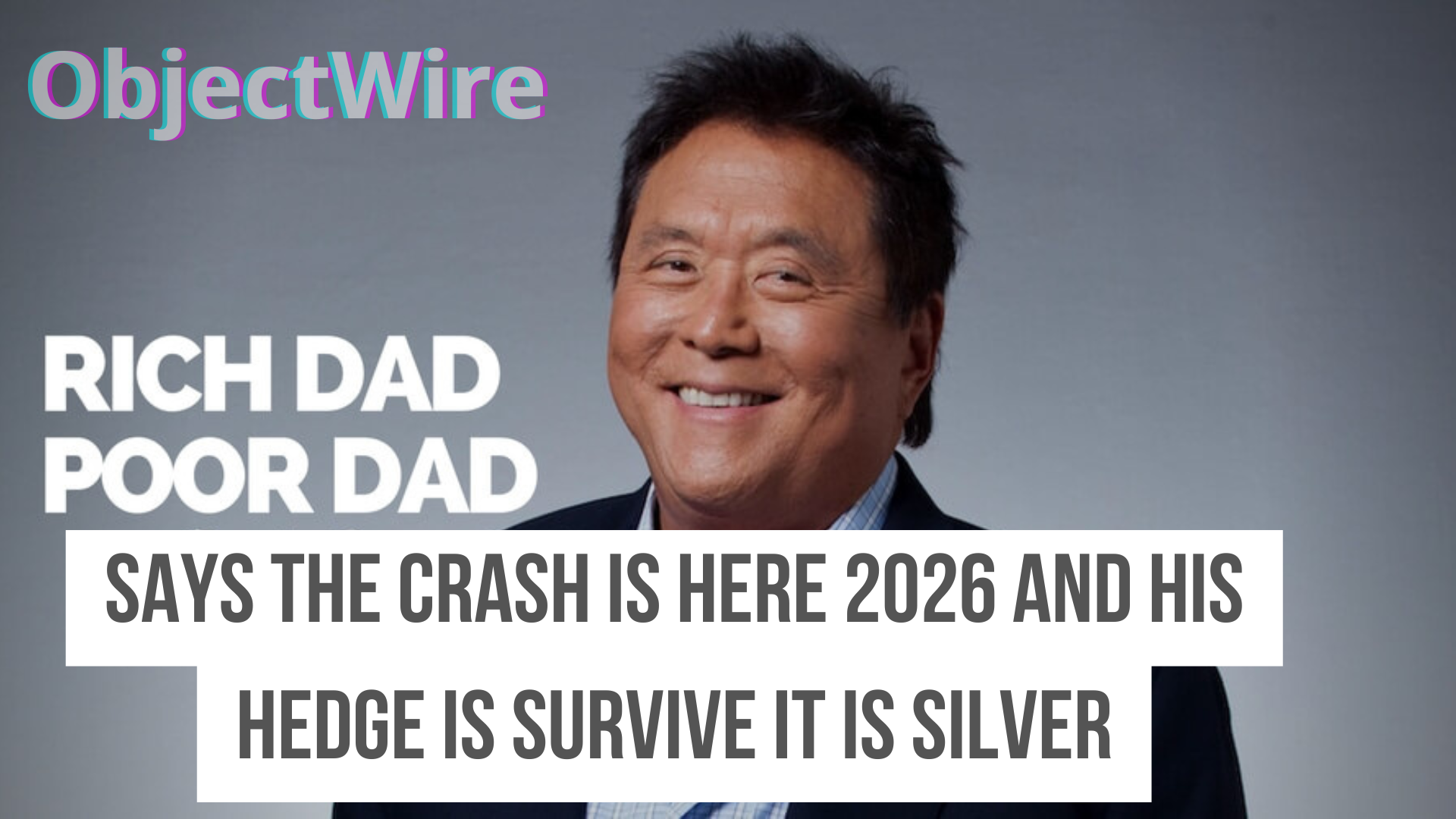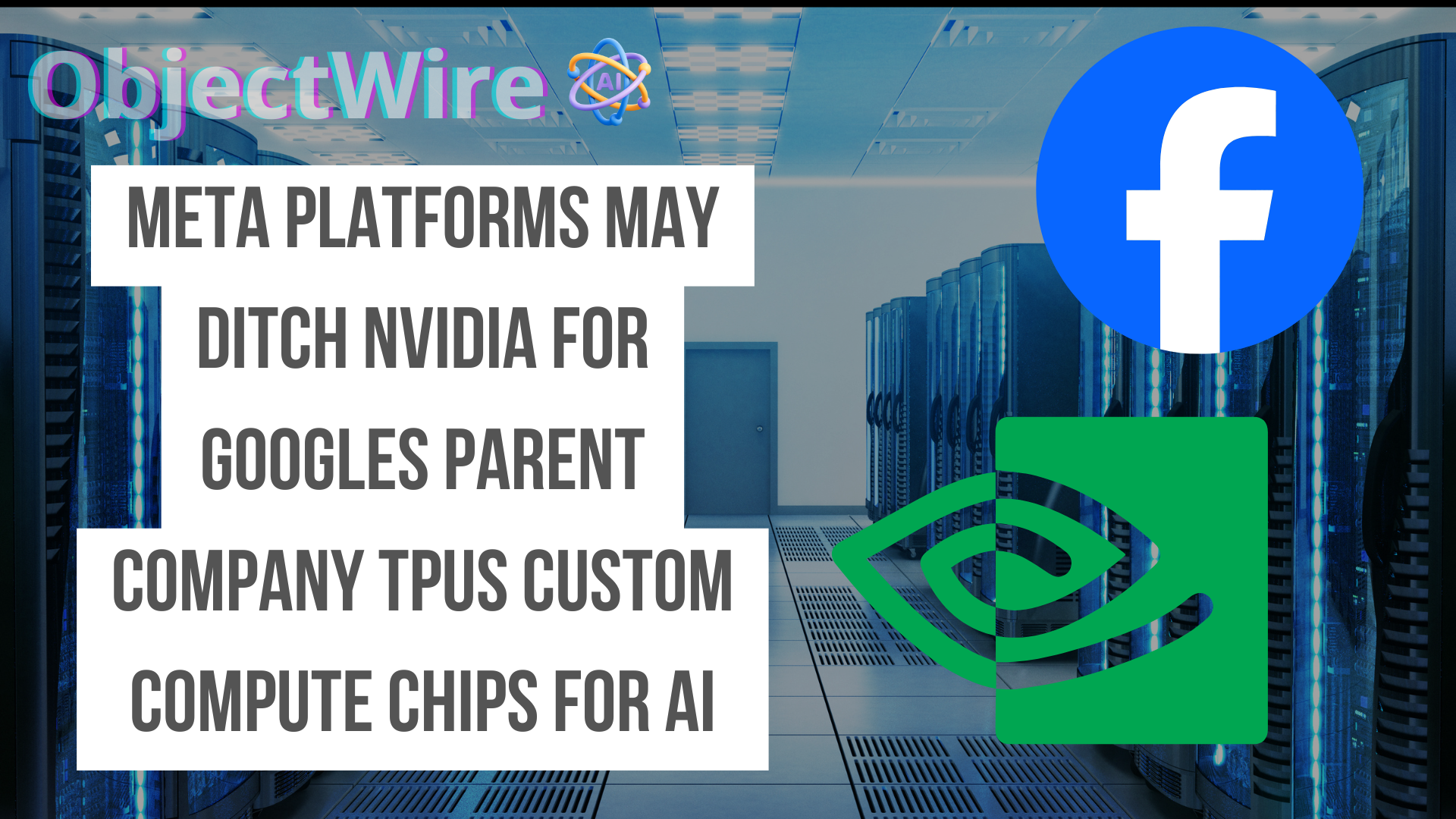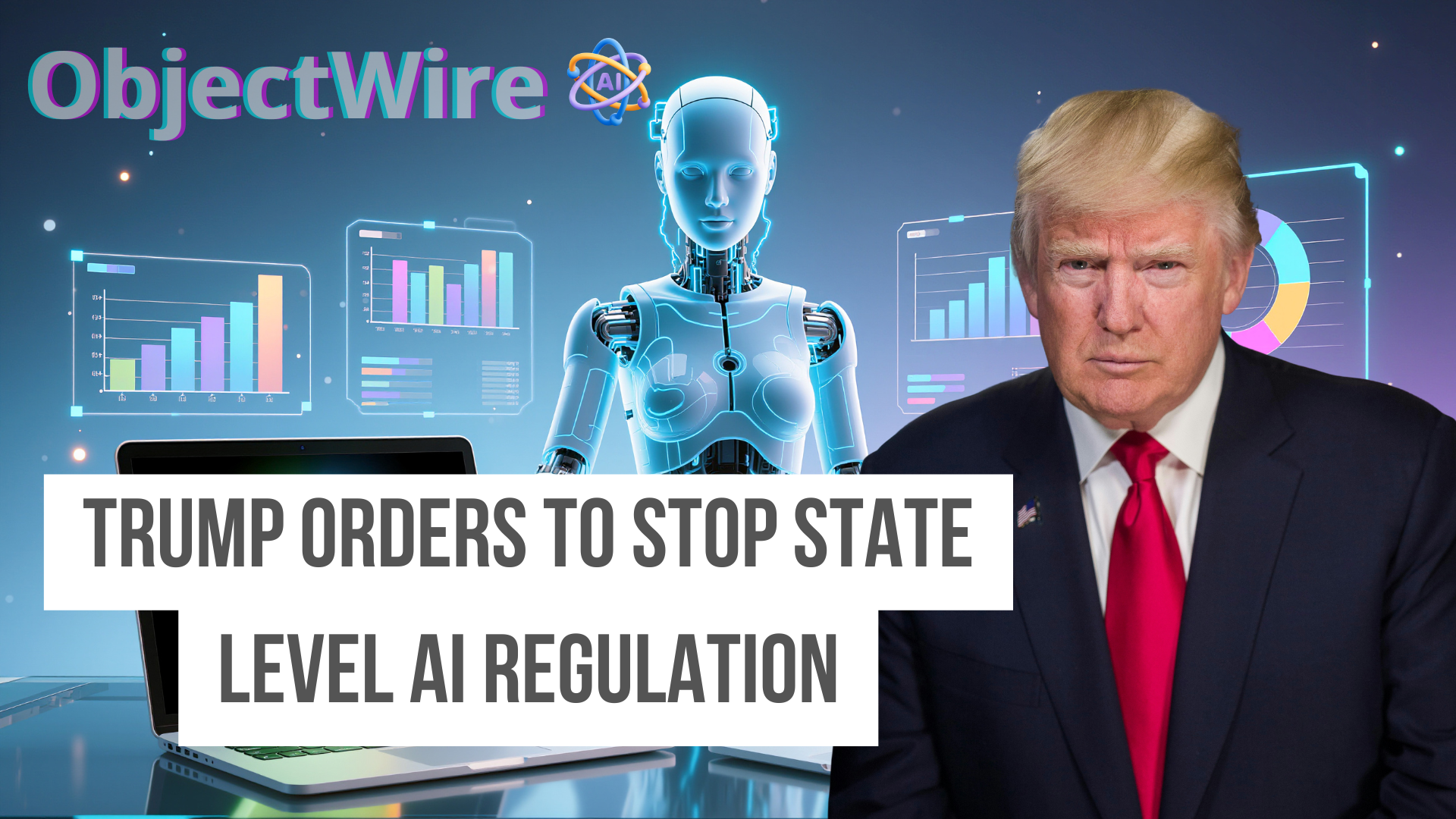Media Matters Under Seige Likely to Shut Doors
In a turbulent media landscape marked by escalating legal battles and political pressures, Media Matters for America faces an existential crisis that could lead to its shutdown. Founded as a progressive watchdog against conservative misinformation, the organization has been battered by lawsuits from Elon Musk's X platform, investigations by Republican-led states, and a Trump-era FTC probe, amassing $15 million in legal fees and forcing staff layoffs.
As donors pull back and operations scale down, questions arise about the survival of media accountability groups amid rising authoritarian tactics. This article explores Media Matters' mission, historical context, current threats, and future prospects, optimized for searches like "Media Matters under siege may be shutting down 2025," "what is Media Matters for America mission," and "impact of Elon Musk lawsuit on Media Matters."
What Is Media Matters for America and Its Mission >>
Media Matters for America is a progressive media watchdog organization that was established in 2004 with the primary mission of analyzing and monitoring conservative misinformation in the U.S. media landscape.
Founded by journalist and political activist David Brock, the organization seeks to promote accurate reporting and fact-checking by highlighting instances of false or misleading information in media outlets.
Media Matters employs a dedicated team of researchers, journalists, and analysts who scrutinize a wide variety of media sources, from well-known cable news networks to lesser-known online platforms. Ultimately, Media Matters remains committed to promoting media literacy and ensuring that democratic dialogue in the United States is grounded in factual information and thoughtful analysis.
According to its official website, Media Matters has focused on exposing biases in outlets like Fox News, with recent reports on topics such as Project 2025 and election misinformation 🤡 .
- Monitors conservative media for misinformation, including Fox News and Breitbart.
- Produces fact-checks and reports to counter false narratives influencing policy.
Historical Criticism and Evolution of MEdia Matters Watchdog Orgs
The criticism of media is deeply rooted in the interplay between media institutions and their audiences, tracing back to the inception of mass communication. Historically, media has been both a mirror and a molder of public opinion, often wielding considerable influence over societal norms, political movements, and cultural trends.
As media outlets expanded with the advent of the printing press, it became apparent that these entities held the power to shape narratives, prompting concern and critique over biases, misinformation, and propaganda.
Media watchdogs like Media Matters evolved from earlier efforts, such as those during the Cold War era, to counter propaganda, as noted in analyses of media bias trends.
Challenges and Threats Faced by Media Matters Including Lawsuits and Investigations
Media Matters, an organization known for its scrutiny and analysis of media narratives, has been facing a spate of challenges and threats in recent years. One prominent issue is the increasing polarization of the media landscape, which has drawn sharp criticism from various ideological corners.
In 2025, Media Matters faced lawsuits from Elon Musk's X, accusing it of manipulating data to drive away advertisers, leading to investigations by Texas and Missouri AGs and the FTC.
- Elon Musk's "thermonuclear" lawsuit has cost $15 million in fees, prompting layoffs.
- Republican AGs probed for fraud, blocked in court for First Amendment violations.
Political and Corporate Pressures on Media Watchdogs Like Media Matters
The impact of political and corporate pressures on media organizations is profound and multifaceted. In today's intricate landscape, where media serves as both an informant and a watchdog, the delicate balance of maintaining journalistic integrity amidst external pressures becomes increasingly challenging.
Political entities often attempt to sway public opinion by influencing media narratives, either through direct measures such as legislative constraints or more insidious tactics like strategic misinformation campaigns.
In conclusion, as Media Matters teeters on the brink, its plight highlights broader risks to press freedom in an era of weaponized litigation.
Contact Us






